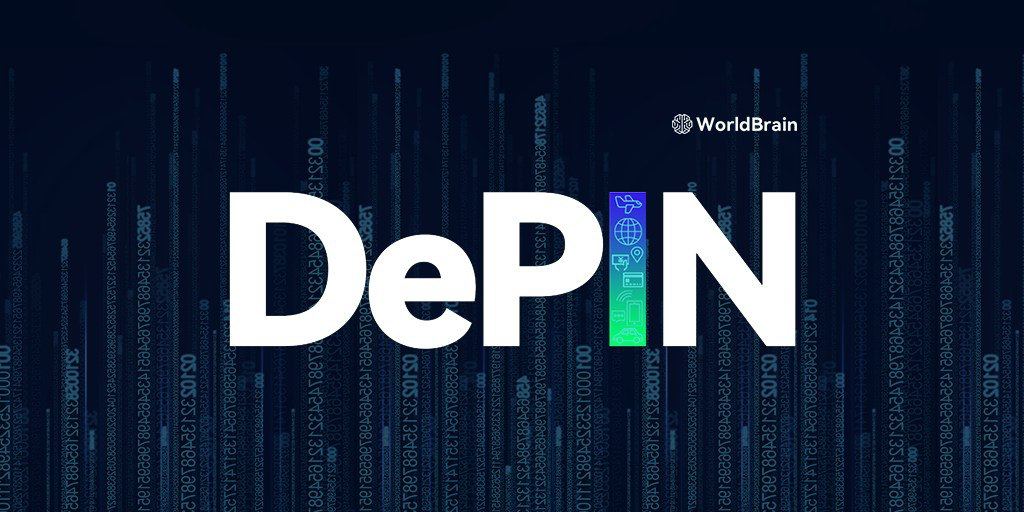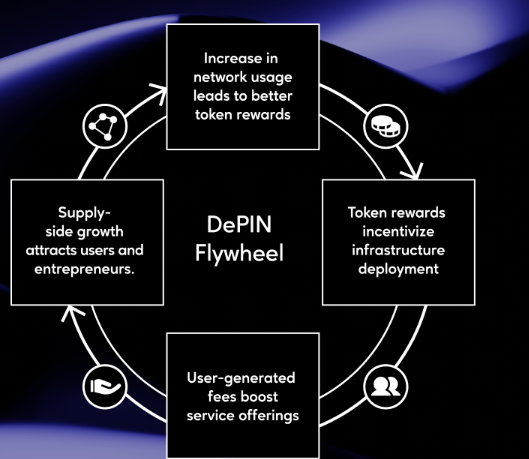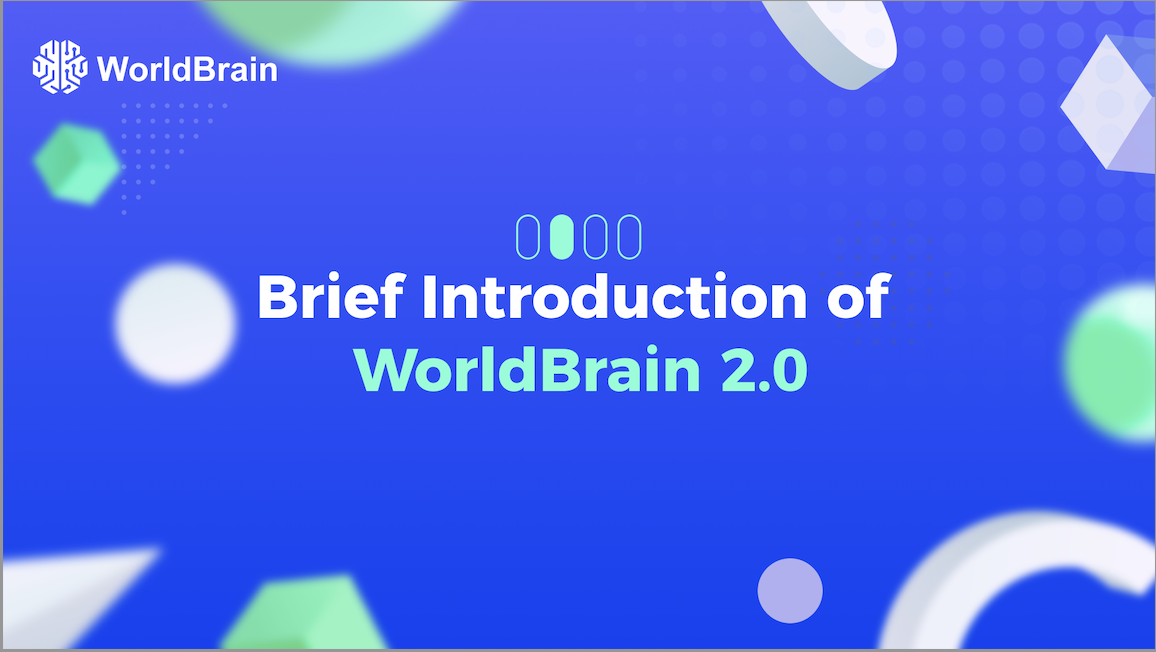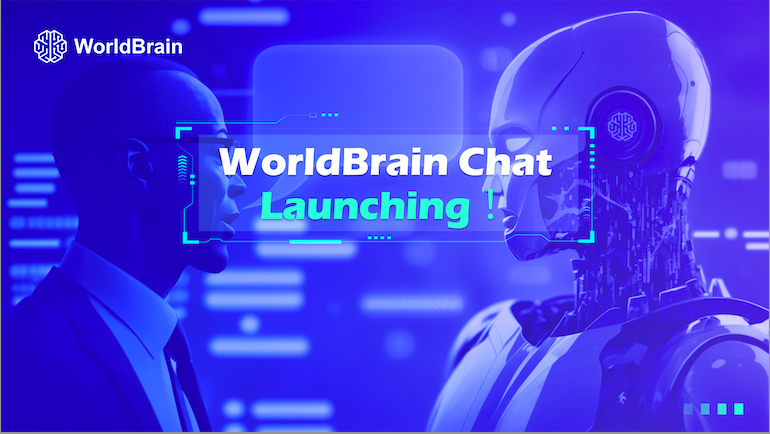
Published on
01/31/2024What is DePIN(Decentralized Physical Infrastructure)?
The research institution Messari, specializing in encrypted real-time data and cryptographic metrics, released the research report "State of DePIN2023." After receiving significant acclaim in the previous round, DePIN has once again attracted the attention of numerous industry capitals and is poised to become the most popular track in 2024. The report systematically outlines the current status, practical applications, technological innovations, ecosystems, and investment status of the DePIN industry, all indicating that DePIN is on a rapid growth trajectory.
The report reveals that as of 2023, the total market value of DePIN's liquid tokens has exceeded $20 billion, generating approximately $15 million in annualized on-chain revenue. DePIN has added over 600,000 nodes, primarily leveraging software-based DePIN utilizing the complex sensors within mobile phones. Currently, the DePIN ecosystem has expanded to over 650 projects, covering six major industries:
- Computing/Storage Networks(250): File storage, relational databases, CDN, and VPN networks.
- Wireless Networks(100): 5G, LoRaWAN (IoT).
- Sensor Networks(50): Interconnected devices embedded with sensors that collect real-time data from the physical world, such as maps.
- Energy Networks (50): Aggregate distributed energy sources to create a more resilient and efficient energy grid.
- Artificial Intelligence (200): Distributed hardware deployment and computing
- Services(25): Enhanced services, to imply enhancements in quality, functionality, performance, or user experience
Whether in the DePIN ecosystem application field or the investment field, AI plays a significant role. In 2024, we will witness DePIN deepening its presence in on-chain AI.
So, what is DePIN? How does it work in terms of mechanisms and principles? What is its advantages, and why can it mobilize hundreds of thousands of contributors globally?
In order for humans to recognize and differentiate things, it is necessary to define and name them. DePIN (Decentralized Physical Infrastructure Networks) is a novel decentralized physical infrastructure network that uses cryptocurrency to incentivize crowdsourcing and the construction of interconnected real-world physical infrastructure.
Breaking down the components of DePIN: decentralized applications (applications on blockchain networks) that use tokens (digital tokens and/or cryptocurrencies) to incentivize people to crowdsource and build (allowing communities to search for, fund, and establish) real-world physical infrastructure networks (real, connected machines, devices, vehicles, or robots, providing goods and services for people and machines in the real world).
DePIN is divided into two major categories: Physical Resource Network (PRN) and Digital Resource Network (DRN).
PRN is a location-based distributed physical resource network. Incentivizing providers in the network to contribute hardware resources related to connectivity, mobility, energy, and similar fields to provide services.
DRN is a network of replaceable digital resource providers that incentivizes providers to offer resources such as computing power, shared bandwidth, or storage facilities.
DePIN provides all services, from mobility, energy, and connectivity to storage services, in a distributed manner.
DePIN's Operational Principles and Consensus Mechanism

DePIN Flywheel demonstrates how DePIN incentivizes people to build physical infrastructure networks for others and machines to use, without the need for extensive upfront investments as in traditional business models. Tokens attract individuals to deploy hardware to provide services for others. Providers make money by offering new or existing hardware to those seeking goods or services requiring hardware. Due to the absence of intermediaries, goods and services are often cheaper and faster.
What are the Advantages of DePIN?
Currently, the advantages of DePIN are being increasingly discovered, valued, and utilized. Through a decentralized and shared positive model, DePIN constructs infrastructure at a faster pace, reducing costs, improving efficiency, and meeting native market demands with higher cost-effectiveness.
Rapid Expansion: By hitching a ride on existing infrastructure and crowdsourcing physical infrastructure, DePIN can achieve super expansion at a faster rate. For example, in DePIN, the sharing of global personal and corporate spare computing power can be utilized to provide high-quality web3 services.
Open Governance: The community can own the hardware that constitutes the network, providing the goods and services they need and use. DePIN is open, democratic, and easily accessible. DePIN allows network participants direct access to various services and even participation to earn token rewards.
Decentralization: The network is decentralized and credibly neutral, collectively owned by all contributors to the network.
Censorship Resistance: DePIN also possesses censorship resistance, with no centralized gatekeepers able to deny your access for any reason.
Micropayments: Blockchains support frictionless micropayments and integration with DeFi.
In summary, through a decentralized and sharing economy model, significantly reducing upfront capital requirements and lowering entry barriers, DePIN brings new competition to various industries, thereby comprehensively incentivizing innovation.
DePIN Application Scenarios and Future Prospects
DePIN is built on the fundamental principles of the Internet of Things (IoT), representing a crucial step in connecting digital and physical spaces through encryption technology. Those who provide necessary hardware and constitute the network contribute to adoption and decentralization, often receiving cryptocurrency rewards for their services. This mobilizes idle internet resources to create new business value.
DePIN has a wide range of applications, leveraging a decentralized and sharing economy model to create new business value by mobilizing idle internet resources.
DePIN is becoming a noteworthy area in the cryptocurrency market. Next, let's focus on a few prominent decentralized projects: Filecoin, Helium, WorldBrain.
Filecoin, launched in 2020, is one of the pioneering projects in the DePIN space. It operates on the IPFS (InterPlanetary File System) protocol, providing an incentive mechanism and public chain system. The IPFS protocol defines how files are stored, retrieved, and transmitted in a distributed system, offering a decentralized storage solution with encrypted economic incentives. FIL is the token issued by Filecoin, currently valued at $25 billion, incentivizing behaviors in the Filecoin network's storage and retrieval markets.
Helium, introduced in 2019, is a decentralized open wireless network where anyone can earn cryptocurrency by providing wireless connectivity. Individuals from around the world support the network by operating interconnected hardware devices. As of 2023, approximately one million hotspots are connected to Helium globally.
DePIN is breaking boundaries by connecting blockchain and the real world in a way we've never seen before. Alongside this is the potential to unite with the most promising area of Web3: AI. With the development of AI technology, AI big models have become one of the hottest industries. WorldBrain, the super-intelligent brain deployed on DePIN, harnesses unlimited potential.
WorldBrain adopts the "World Model", imitating the brain's modeling of a large intelligent neural network system.
Through distributed computing technology and the DePIN network, anyone worldwide can freely access WorldBrain's decentralized network. WorldBrain's ecosystem consists of intelligent contributors and users. Every app in the WorldBrain ecosystem represents a neuron node, and users contribute to WorldBrain by interacting with the main network, conducting data annotations, etc. The main network assesses contributions and rewards the node users with tokens, ensuring that the wealth created by WorldBrain is effectively distributed to every participant.
AI, as a revolutionary technology, is vigorously developed in both web2 and web3. Elon Musk has stated that artificial intelligence will completely change the world of work. Millions will be affected, with some gaining immense wealth while others face the prospect of being replaced. On January 18th, Meta announced the purchase of an additional 350,000 GPUs to strengthen AI research and build a powerful AI system. In 2023, ChatGPT led the wave of AI big models, and in 2024, AI remains one of the important narratives.
According to Messari's latest research, it is estimated that by 2028, the overall potential market for DePIN will reach $35 trillion, with AI expected to bring unprecedented breakthroughs and changes. WorldBrain, initiated by the WorldBrains Foundation under OpenAI, benefits from its commitment to technical expertise and the gradual release of its market value, gaining favor and recognition from numerous investors.
AI will sweep the globe, much like the industrial age. Movies like "The Terminator" and "The Matrix" depict omnipotent AI, while "Psycho-Pass" features an AI prophetic system managing the entire society. AI has transcended the future fantasies of movies and is deeply involved in the present and future development of the world, becoming one of the crucial factors guiding the future. The dividends of the intelligent era will undoubtedly belong to those deeply involved in the development process of AI.




